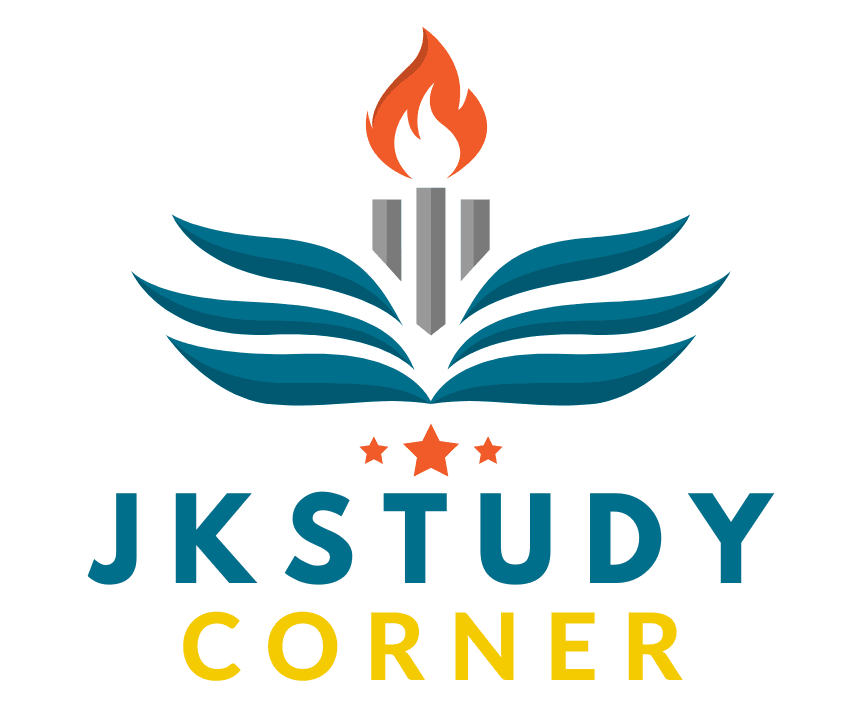Your home is more than just four walls and a roof; it’s where memories are made and where you feel safe. That’s why protecting it with the right homeowners insurance is crucial. But with so many options and policy terms, it can feel overwhelming to know where to begin.
This guide simplifies the process and helps you find the perfect homeowners insurance plan for your unique needs. By the end, you’ll know what these policies cover, how to assess your specific risks, and how to compare and choose the best provider.
Understanding Homeowners Insurance
What Does Homeowners Insurance Cover?
Homeowners insurance serves as a financial safety net for your home and belongings, offering protection against unexpected events such as:
- Damage to your home due to fire, storms, or other covered perils.
- Personal property losses like furniture, electronics, and clothing damaged or stolen.
- Liability coverage if someone is injured on your property and decides to sue.
- Temporary living expenses if your home becomes uninhabitable due to damage (covered under Loss of Use).
However, not all situations are covered, such as floods or earthquakes, which usually require additional policies.
Different Types of Policies
It’s vital to know the types of homeowners insurance available. The most common ones include:
- HO-1 (Basic Form): Limited coverage for specific perils like fire, theft, and vandalism. Rarely used today.
- HO-2 (Broad Form): Covers more incidents than HO-1, but still limited in scope.
- HO-3 (Special Form): The most popular type, offering broader coverage for your home and personal belongings.
- HO-5 (Comprehensive Form): Higher-end coverage with fewer exclusions, ideal for homes with valuable belongings.
- HO-6 (Condo Insurance): Designed specifically for condominium owners.
- HO-8 (Older Home Form): A policy for older homes, covering the cost of repairs rather than replacement value.
Understanding these options allows you to better narrow down what will work for your home and lifestyle.
Assessing Your Needs
Evaluate Your Home’s Value and Contents
Before purchasing insurance, determine the value of:
- Your home’s structure. Get an estimate of how much it would cost to rebuild, factoring in labor and materials.
- Your personal belongings. Create an inventory of everything you own, including furniture, appliances, and valuables like jewelry. Tools like the Home Inventory app can simplify this process.
Consider Potential Risks
Insurance needs can vary based on location and specific risks. For instance, coastal areas may need hurricane riders, while properties near fault lines might require earthquake coverage.
Look into your area’s history of natural disasters and crime rates to ensure you’re considering all potential risks.
Choosing the Right Coverage
How Much Coverage Do You Need?
Choosing the right policy amount is key to ensuring you’re adequately protected. A good rule of thumb is:
- For the structure of your home, insure it for 100% of the replacement cost.
- For personal belongings, opt for coverage equal to 50-70% of the replacement cost.
- For liability protection, consider at least $300,000 to cover potential lawsuits or medical bills.
Understand Deductibles and Premiums
It’s tempting to opt for a higher deductible to lower your premiums, but make sure you can afford the deductible in case of an emergency. Balance affordability with practicality, ensuring you’re well-protected without overpaying.
Comparing Insurance Providers
Research Different Companies
Start by looking into insurers with strong reputations for customer service and claim handling. Use resources like:
- Better Business Bureau ratings to check customer satisfaction.
- Consumer Reports for insights into claim resolution.
- NAIC’s Complaint Index to identify potential red flags.
Get Quotes and Compare Options
Obtain multiple quotes to compare premiums, coverage, and any add-ons offered by different providers. Pay close attention to how they handle claims and customer inquiries.
Some agents may try to push unnecessary endorsements, so know what you need before finalizing.
Additional Coverage Options
While standard homeowners insurance offers robust protection, certain risks may require extra coverage:
- Flood Insurance: Essential if you live in flood-prone zones. You’ll need to purchase this separately, often through the National Flood Insurance Program (NFIP).
- Earthquake Insurance: A must-have for homes near fault lines. This is typically an add-on policy.
- Umbrella Policies: Provides additional liability coverage that kicks in after your policy limits are exceeded. This is particularly worth considering if you own other assets such as rental properties.
Insuring Your Peace of Mind
Selecting homeowners insurance may initially seem complicated, but it doesn’t have to be. By understanding the types of policies available, assessing your unique needs, and comparing providers thoughtfully, you can secure coverage that works for you. And remember, protecting your home is also about protecting the people and memories within it.
Take the first step today by getting in touch with leading insurance providers. If you have further questions about homeowners insurance or need personalized advice, explore additional resources or speak with an expert to ensure you’re fully prepared for the future.
